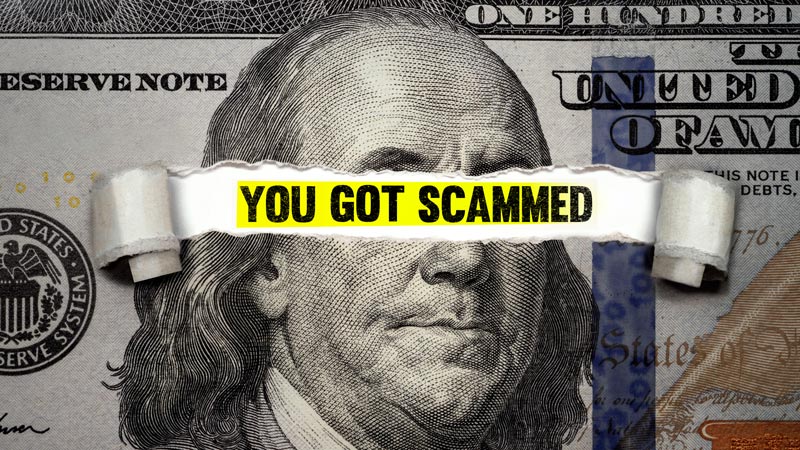3 Signs You’re Being Scammed Over Tariffs
Attackers are using the uncertainty surrounding tariffs to dupe people into making fraudulent “tariff payment requests.”
The constantly changing news surrounding tariffs, plus the fact most people don’t know that much about tariffs, can create the “perfect storm for cybercriminals,” according to Theresa Payton, CEO of cybersecurity firm Fortalice Solutions.
People are expecting to pay more for most products, but they might not fully comprehend how tariffs work. It’s possible some shoppers don’t question tariff-related payment requests, which is what makes the scam so dangerous. That’s especially true considering some businesses are adding extra fees to pass the costs onto consumers.
So, how does this scam work? We’ll break down the details and offer three red flags to watch out for so you don’t fall victim.
How Did We Get Here?
Most of these scams involve unsolicited texts, emails or phone calls about a package held up at the post office because of unpaid fees.
Tariffs are taxes on goods imported from other countries, but the companies importing those goods pay the tax. Businesses then pass the extra costs onto consumers in the form of marked-up prices or legitimate surcharges.
The scam messages convey urgency and request payment before the package can be delivered. Of course, you’re not paying the post office or the company you ordered from, you’re paying a middleman hoping you don’t know enough about tariffs to question the request.
However, not all tariff-related surcharges are fake. The Washington Post reported some consumers have received real payment requests from carrier companies after a purchase to receive their package. But these are products bought directly from other countries, as opposed to a product that had parts of it sourced internationally but most likely assembled in the United States.
3 Tariff Scam Red Flags
When dealing with any scam, it’s important that you don’t send any personal information (social security number, financial information, login credentials, etc.) over text, email or the phone.
If you think it might be a legitimate request, call the carrier directly and confirm.
For tariff scams, specifically, here are three red flags to watch out for:
“Attackers are getting better at disguising their phishing attacks. Don’t wait until someone at your organization falls victim to implement phishing training.”
1.) Unsolicited and Urgent Messages
Scams often start with an unsolicited or urgent message. Even if you are expecting a delivery, be suspicious of messages that alert you to a package being held at the post office until a payment is received.
Scammers prey on urgency, hoping you don’t critically think about what is asked of you.
Additionally, don’t believe messages promising “tariff relief,” “vouchers” or “pay now to avoid tariffs.” Businesses don’t want people to avoid these costs, as they would then have to cover them.
If you think an import fee or duty charge is legitimate, look for Form 7501, which is an official government document detailing the import.
2.) Suspicious Links in Texts, Emails
Links in these fake messages can do anything from install malware on your device to send you to fake websites hoping to steal login credentials. And if you’re using a company-provided device to view these messages, it could end up hurting your entire organization.
Look for misspellings in URLs or email addresses to determine if the message is real. For example, a real government site would end in “.gov” and not “.com” or “.net.”
If you think the message might be real, contact the organization directly through another medium to confirm.
3.) Lack of Guidance or Transparency
While separate tariff-related charges aren’t common, reputable businesses label any extra costs and provide contact information for any questions.
Without any guidance or transparency, a message requesting additional payment raises a lot of red flags.
Learn More About Phishing Training
Attackers are getting better at disguising their phishing attacks. Don’t wait until someone at your organization falls victim to implement phishing training.
If you’re looking to protect your company from cybersecurity threats, contact us to learn how we can help train your employees to spot the telltale signs of a scam.
Stay updated! Get tips and insights delivered to your inbox weekly by subscribing to our newsletter.











